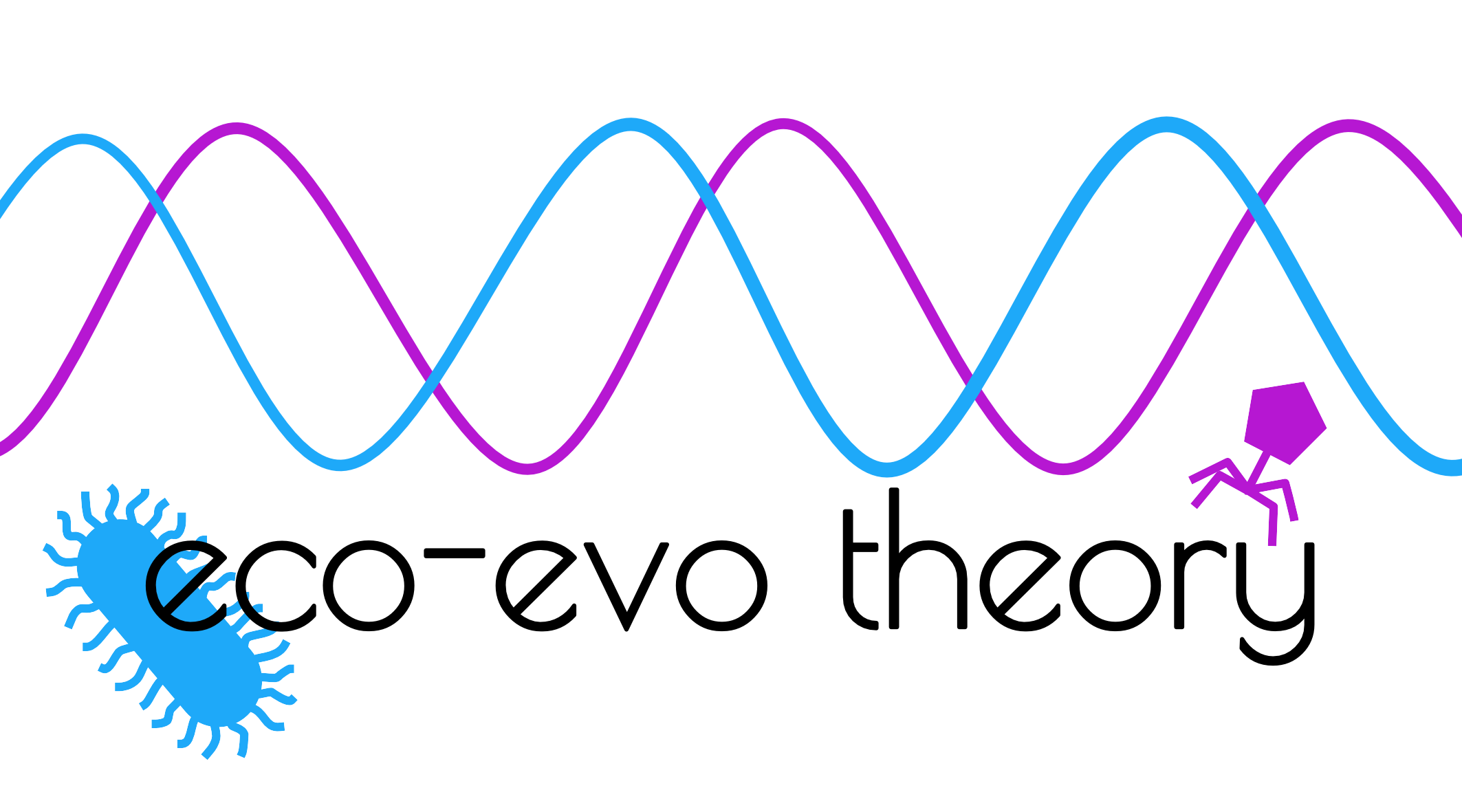Wood J & Ashby B (2023) Hyperparasitism and the evolution of parasite virulence. Evolution. 77:2631–2641.
Read online | PDF | Preprint | Github repository
Abstract
Hyperparasites (species which parasitize other parasites) are common in natural populations, affecting many parasitic taxa, including: eukaryotic parasites; bacterial and fungal pathogens. Hyperparasitism is therefore likely to shape the ecology and evolution of many host–parasite systems, representing a promising method for biocontrol (e.g., treating antimicrobial resistant infections). However, the eco-evolutionary consequences of hyperparasitism have received little attention. We use a host–parasite–hyperparasite model to explore how introducing a hyperparasite drives the evolution of parasite virulence, and what impact this has on the host population. We show when the introduction of a hyperparasite selects for higher or lower parasite virulence, and the changes in virulence experienced by the host population. Crucially, we show that variation in the direct effects of hyperparasites on virulence and transmission, and the probability of cotransmission, can lead to a previously unseen hysteresis effect, whereby small shifts in hyperparasite characteristics can lead to sudden shifts in parasite virulence. We also show that hyperparasites can induce diversification in parasite virulence, leading to the coexistence of high and low virulence strains. Our results show hyperparasites can have dramatic effects on the evolution of parasite virulence, and that the use of hyperparasites in biocontrol should be approached with caution.

